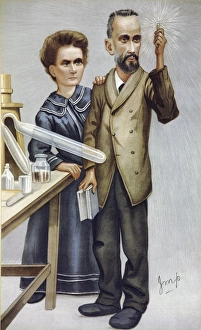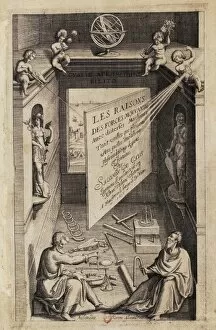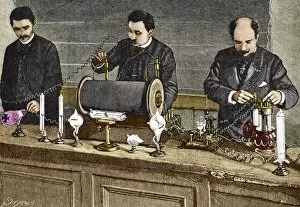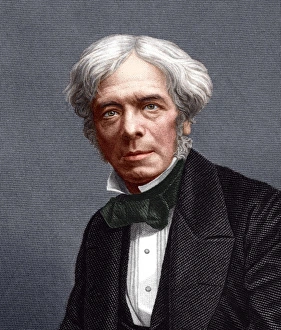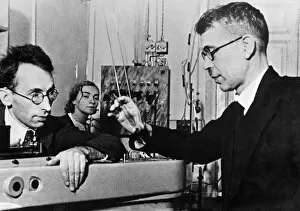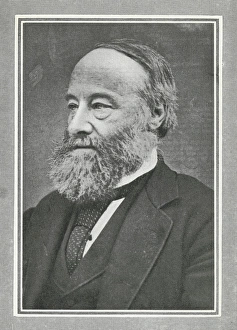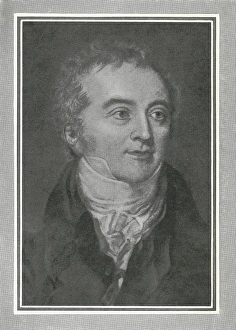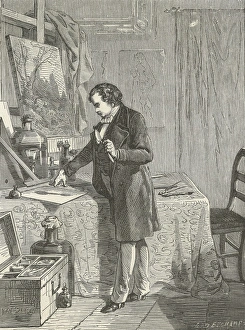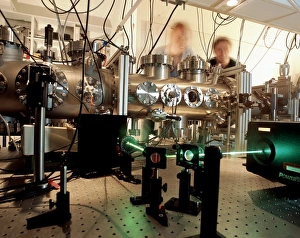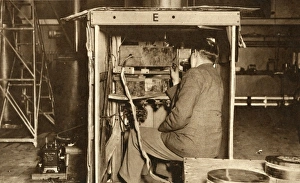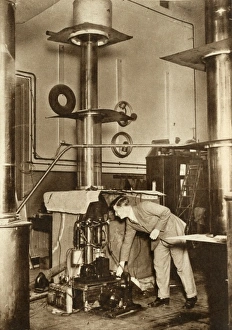Physicists Collection (page 3)
"Unveiling the Minds of Genius: A Glimpse into the World of Physicists" From James Clerk Maxwell
All Professionally Made to Order for Quick Shipping
"Unveiling the Minds of Genius: A Glimpse into the World of Physicists" From James Clerk Maxwell, the Scottish physicist who laid the foundation for modern physics with his electromagnetic theory, to Josiah Willard Gibbs, the brilliant US mathematician whose contributions revolutionized statistical mechanics, they have shaped our understanding of the universe. In laboratory C016 / 8375, Nils and Aage Bohr conducted groundbreaking research that led to significant advancements in quantum physics. Meanwhile, Kurchatov and his colleagues in Leningrad made remarkable strides in nuclear science during 1925. Dr J D Cockcroft's intense focus is palpable as he listens intently for atomic disintegration—an essential step towards unlocking the secrets of matter. His dedication exemplifies the passion shared by physicists worldwide. Maxwell's theoretical brilliance echoes through time as we marvel at his profound impact on scientific thought. Galileo Galilei and John Milton's meeting in 1921 captures a unique moment when two great minds converged—science intertwining with literature. Max Planck's name resonates with reverence; this German physicist introduced quantum theory and forever changed our perception of energy. Albert Einstein, captured in a timeless black-and-white photograph from 1930, embodies intellectual prowess that transcends generations. The iconic image from 1922 showcases Paul Langevin engaging in an animated discussion with none other than Albert Einstein—a testament to their collaborative spirit and relentless pursuit of knowledge. Their exchange undoubtedly pushed boundaries within physics. As we delve further back into history, Tiberius Cavallo emerges—a pioneer from c. 1790 whose oil-on-oak panel portrait reminds us that curiosity has driven scientists throughout centuries and can more than just individuals—they represent a collective force propelling humanity forward through discovery and innovation. Their tireless efforts continue to shape our world today while inspiring future generations to explore uncharted territories within this captivating field.

